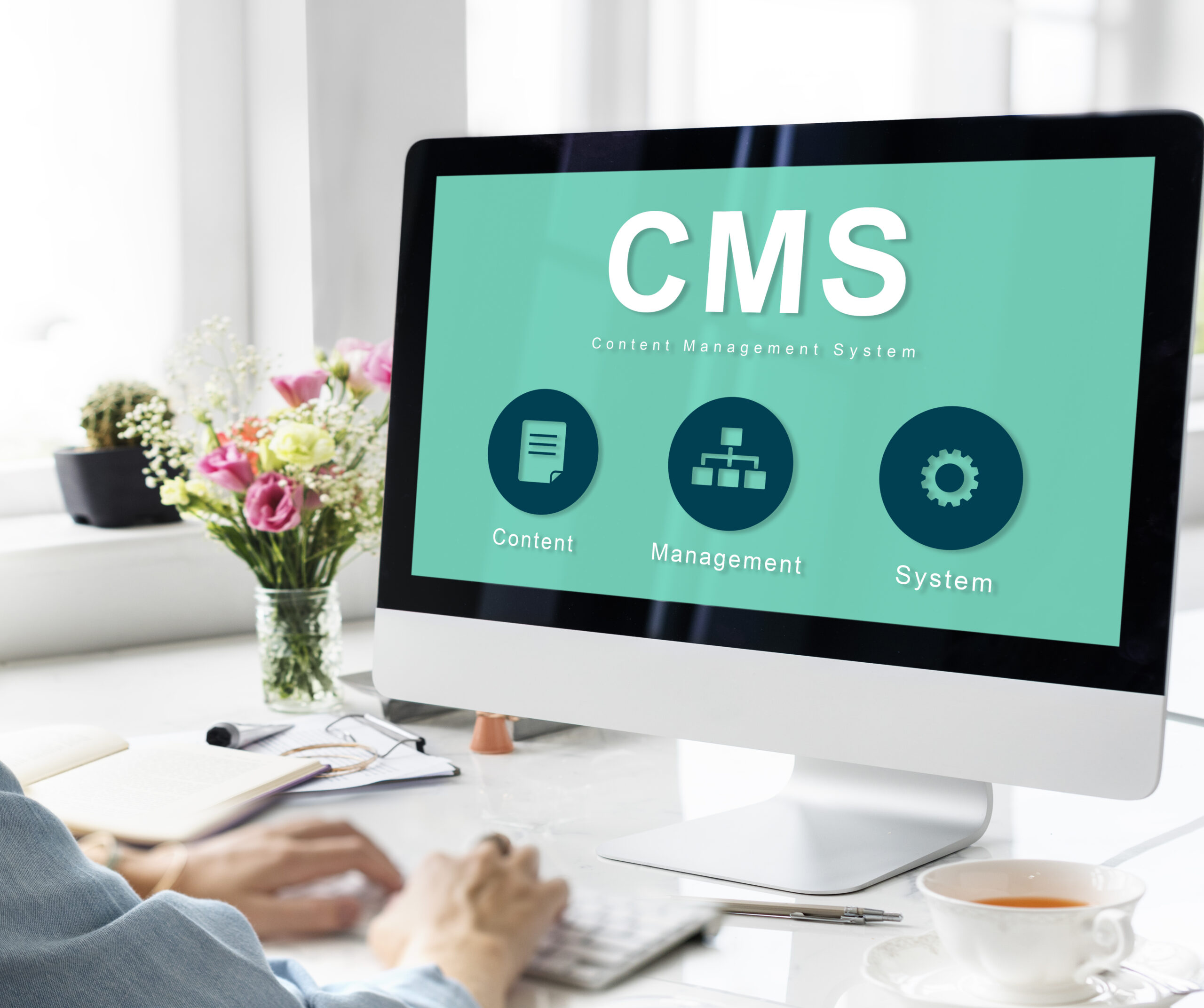For DME businesses, administrative compliance is about more than paperwork—it’s a foundational element of long-term viability. From licensing and credentialing to policy updates and operational oversight, your back-office systems must be structured, current, and ready for review at any time.
When accrediting bodies, Medicare contractors, or insurance networks conduct audits or on-site visits, they expect clear documentation of how your organization manages compliance from the top down. The more organized your administrative systems, the smoother your path to accreditation, payer enrollment, and operational growth.
Why DME Administrative Compliance Matters
According to the IRS, strong record-keeping helps monitor business progress, validate service value, and guide operational improvements. In the DME industry, proper documentation also protects your standing with:
- Medicare and Medicaid
- Commercial insurance networks
- Accrediting bodies like ACHC, BOC, and The Joint Commission
- State licensing agencies
Administrative compliance ensures your policies and procedures align with regulations, your credentialing stays current, and your organization remains audit-ready year-round.
Core Administrative Responsibilities for DME Providers
- Corporate Records & Organizational Structure
DME providers must maintain up-to-date operational documents, including:
- Articles of incorporation
- Business licenses
- Surety bonds
- Liability insurance certificates
- CMS-855S enrollment data
These documents support credentialing and serve as a roadmap for audit teams to evaluate the legitimacy of your operation.
- Licensing & Credentialing Across Multiple States
Licensing is no longer confined to one state. As telehealth and interstate care expand, many DME providers seek licenses across multiple regions. Keeping track of each state’s requirements—and maintaining renewals on time—is essential to avoid service interruptions.
Credentialing should cover not just Medicare and Medicaid but also:
- Commercial insurance plans
- Managed care organizations
- Medicare Advantage plans
Credentialing is an ongoing process. Providers must verify and reverify credentials regularly to remain enrolled and eligible for reimbursement.
- Payer Relationship Management
Too often, providers fall into a “set-it-and-forget-it” mindset once enrolled in insurance networks. But payer relationships require active maintenance, including:
- Contract renewals
- Fee schedule updates
- Network reapplication for closed plans
- Monitoring reimbursement timelines
Remaining credentialed means staying engaged with payers and renegotiating terms as patient needs and service areas evolve.
Accreditation Organization Support and Survey Readiness
Formal audits conducted by accrediting bodies often involve an in-depth review of your documentation, policies, and organizational structure. Key areas of focus include:
- Policy standardization and implementation
- Governance documentation
- Reporting procedures for changes in structure or services
- Past survey results and corrective actions
Being survey-ready means having these documents centralized, current, and available for real-time retrieval.
Implementing Accreditation Standards with Confidence
DME accreditation validates your ability to meet industry standards. Accrediting bodies assess:
- Written policy compliance
- Workflow consistency across locations
- Quality assurance activities
- Documentation of internal audits and corrective actions
Accreditation is more than a one-time task—it’s an ongoing demonstration of your organization’s ability to deliver regulated, high-quality care.
Standardizing Policies Through SIM-Based Processes
One of the most effective ways to maintain compliance is by using a Standards Implementation Methodology (SIM). A structured approach helps:
- Define organizational goals
- Measure operational performance
- Analyze compliance gaps
- Improve internal workflows
- Maintain control over documentation and process updates
Standardized policies ensure every team member follows the same protocols, regardless of department or location. This consistency builds resilience and simplifies audit preparation.
Final Thoughts
Administrative oversight is at the core of durable medical equipment compliance. From credentialing and licensing to payer contracts and policy development, every component of your business relies on clean documentation and active process management.
By developing strong administrative systems, your DME organization can reduce delays, protect payer relationships, and remain ready for audits, surveys, or site visits. Whether you’re a new provider or a growing organization with multi-state coverage, DME compliance administration is the backbone of your operational integrity.






